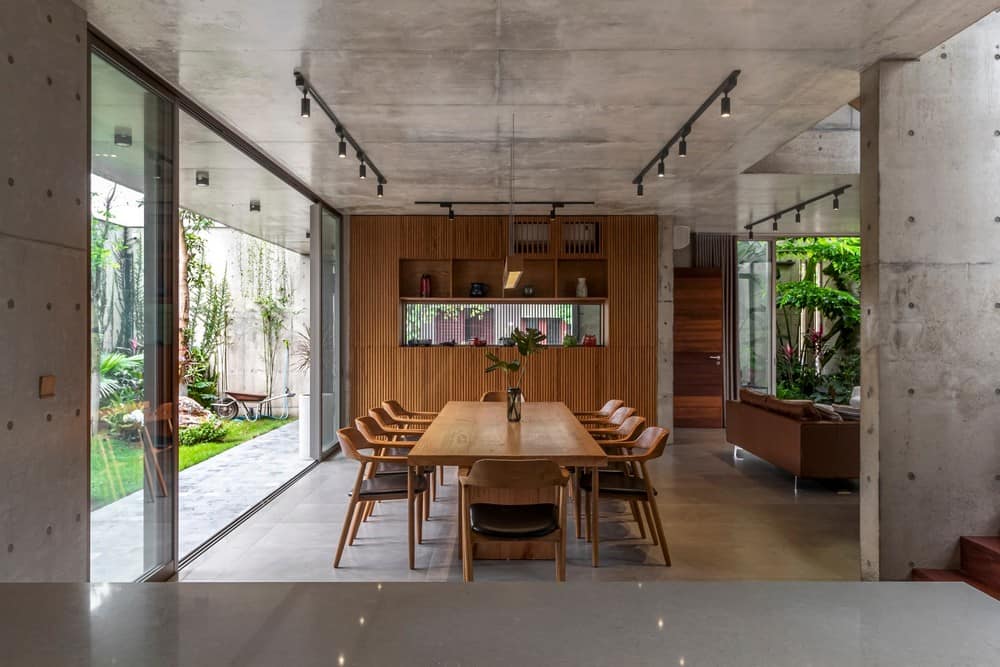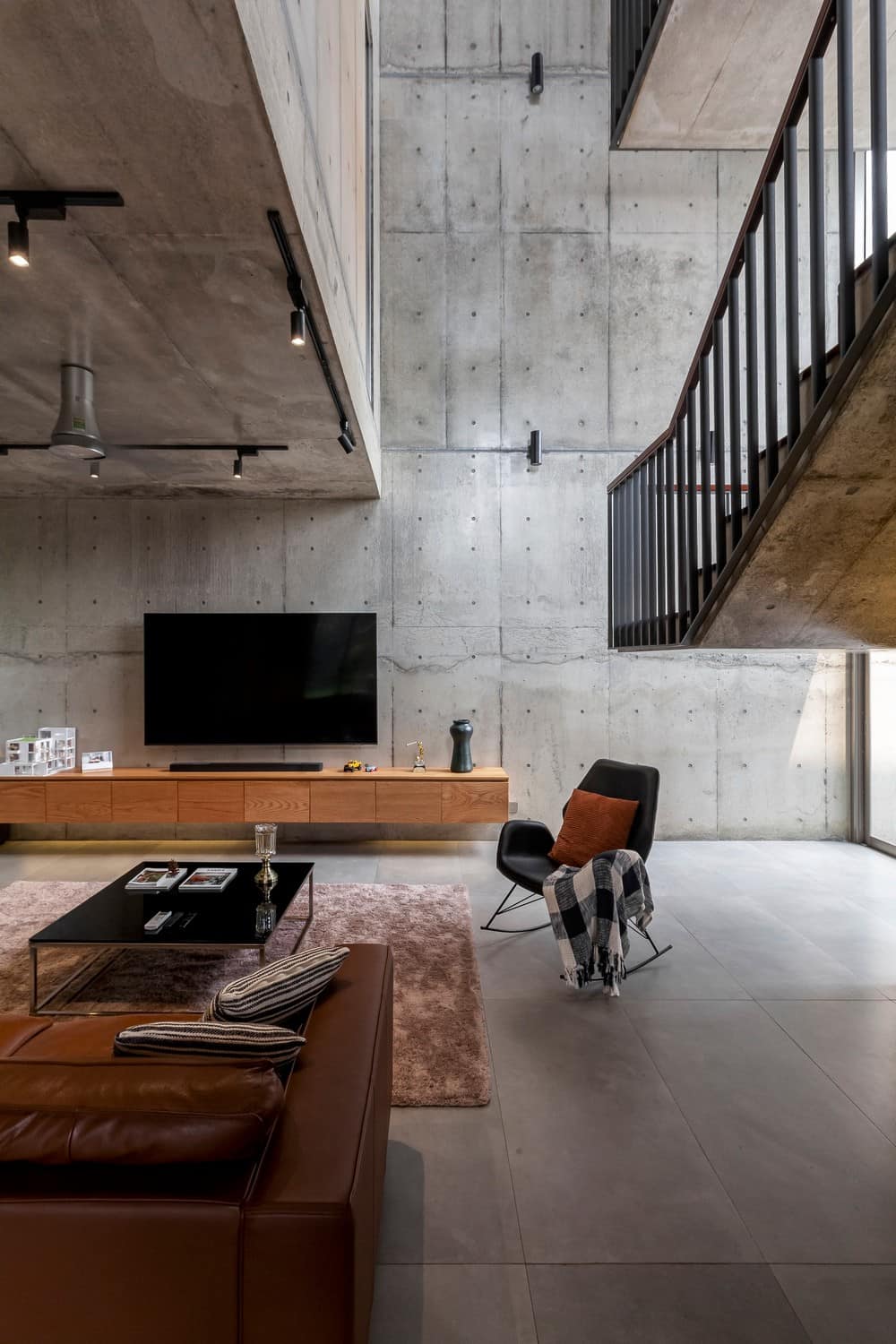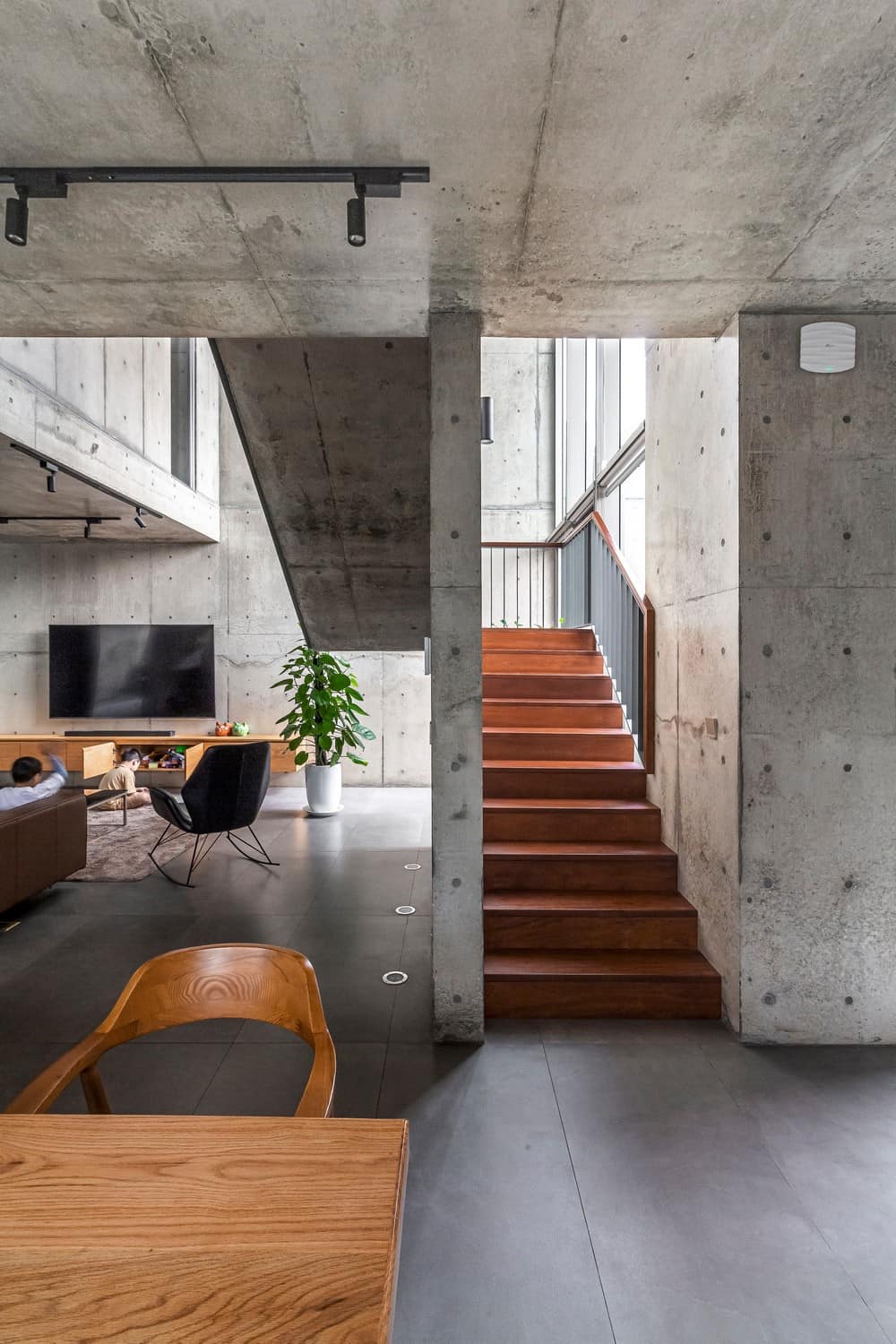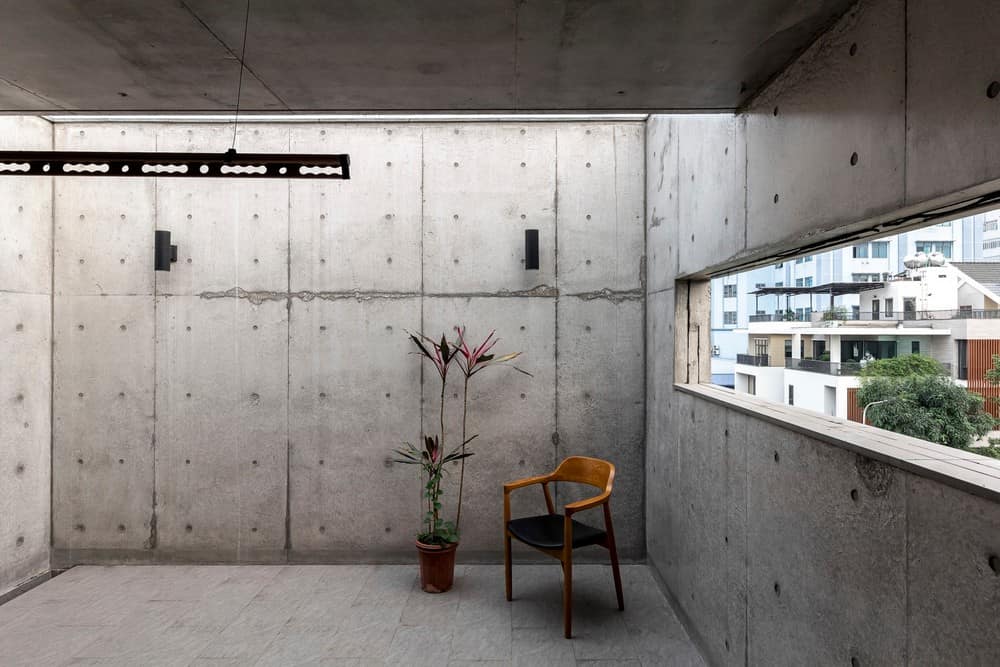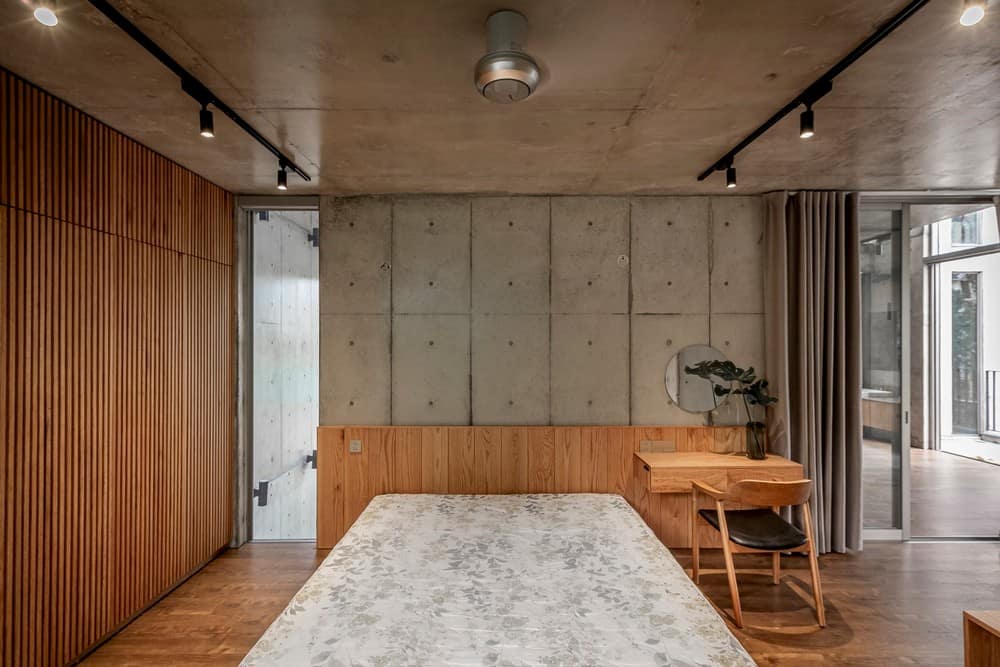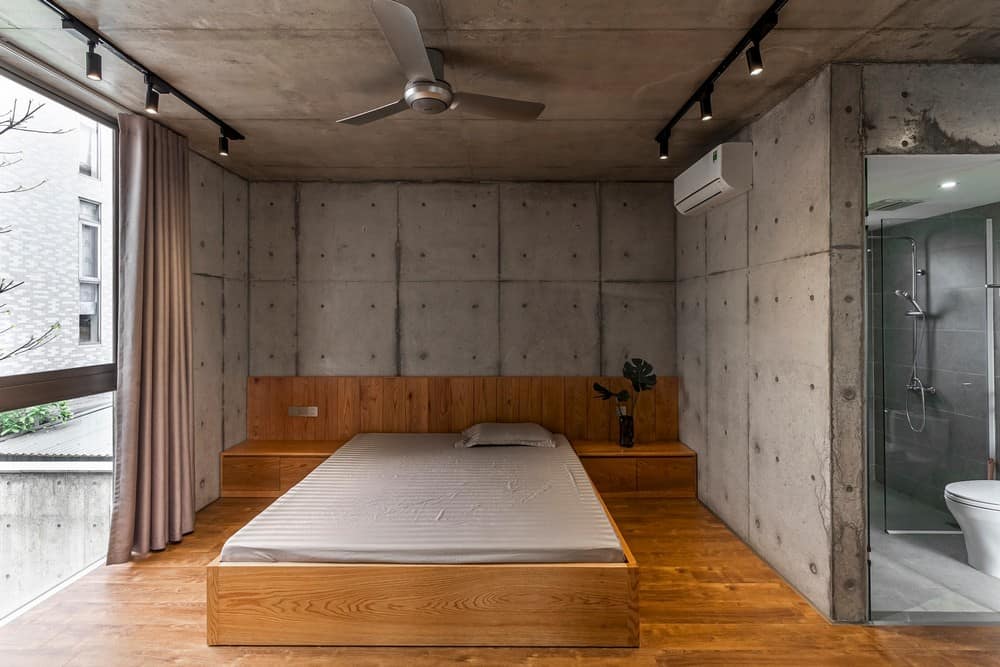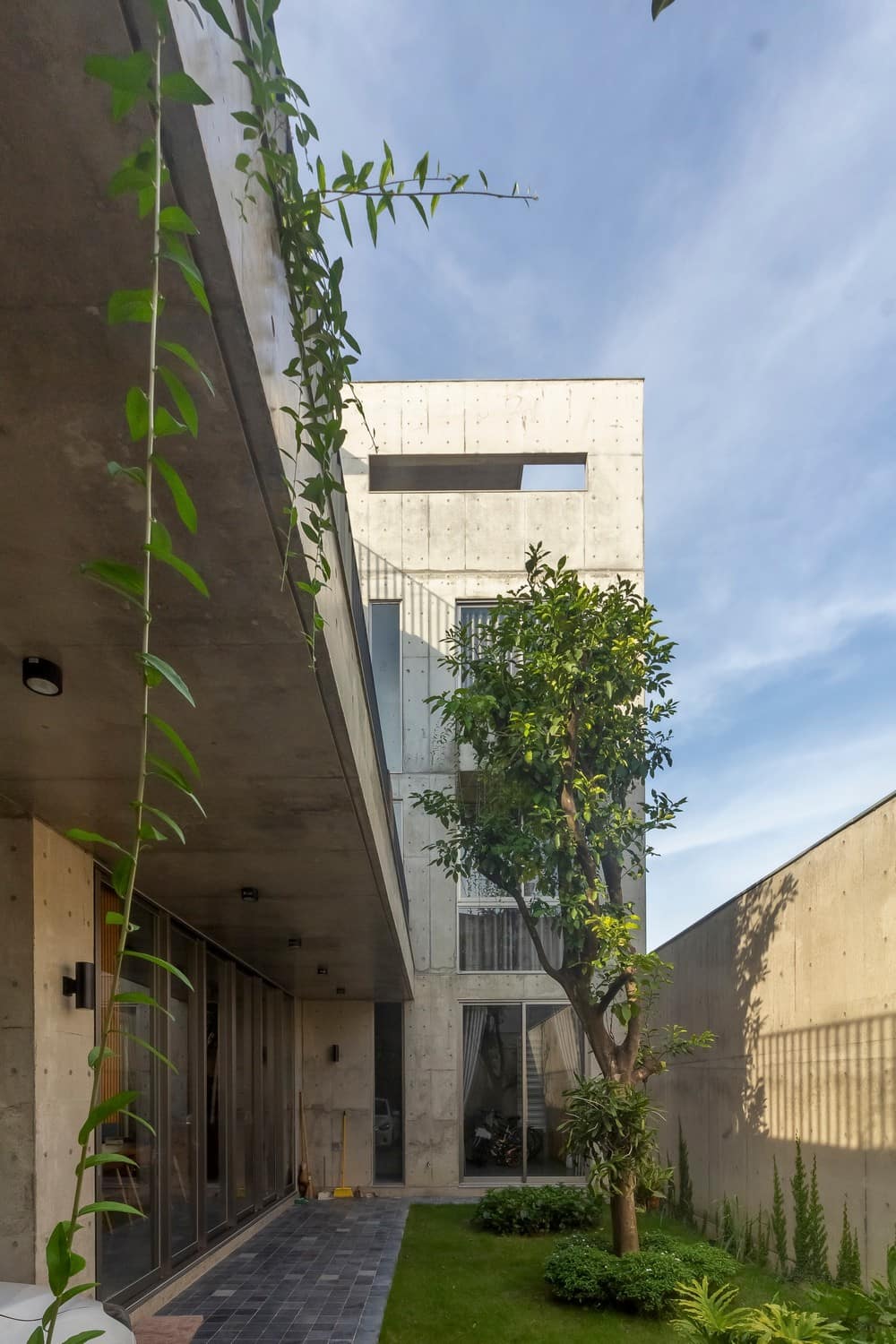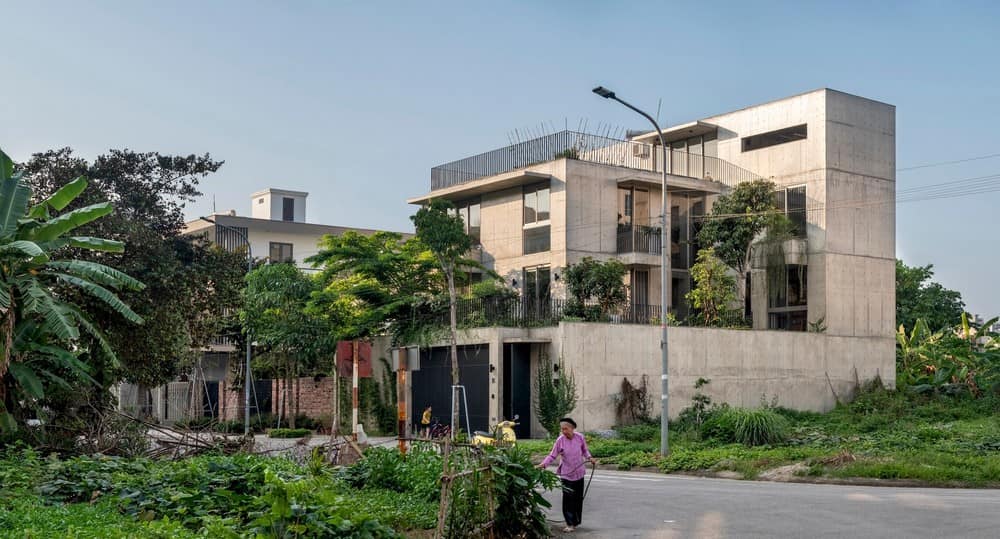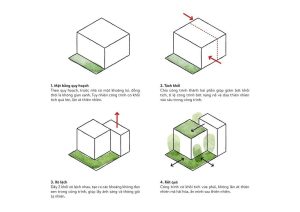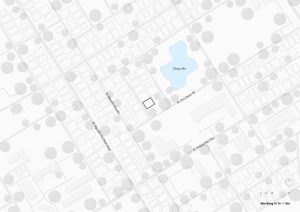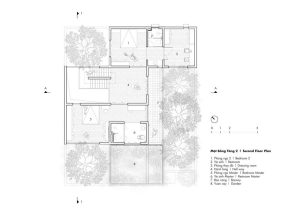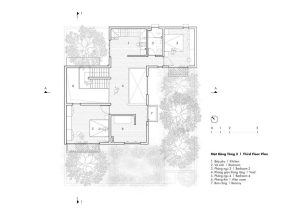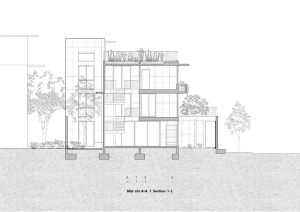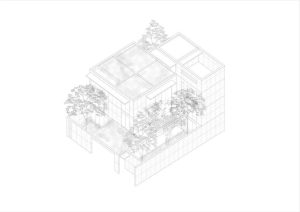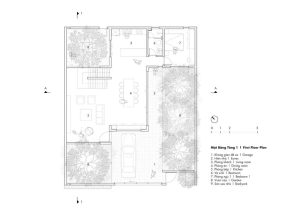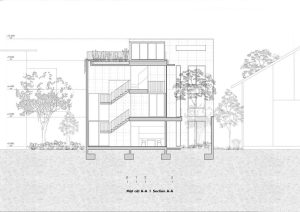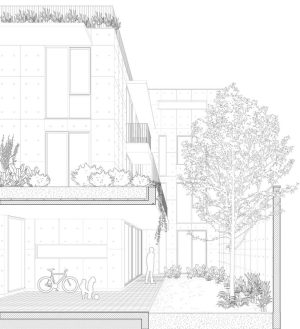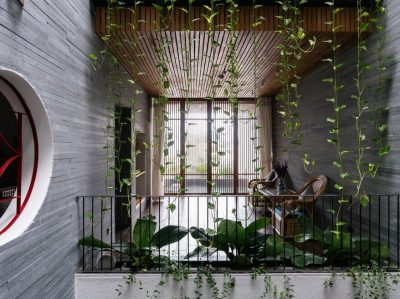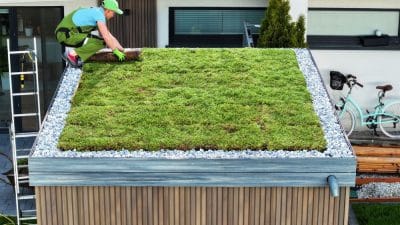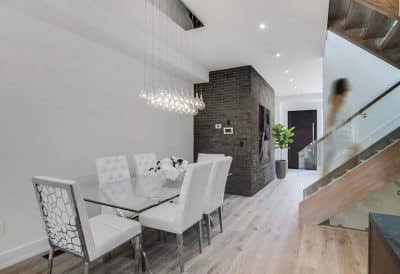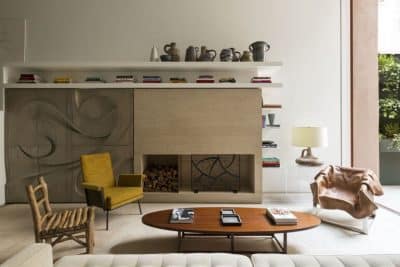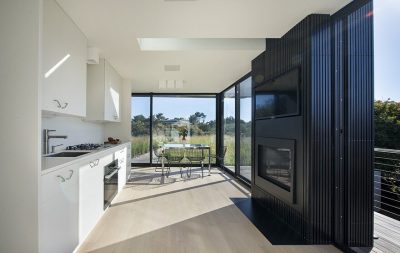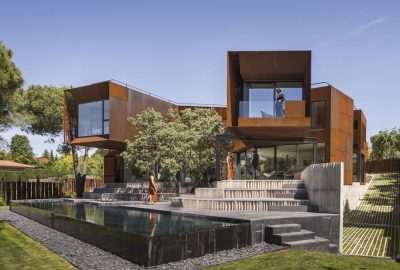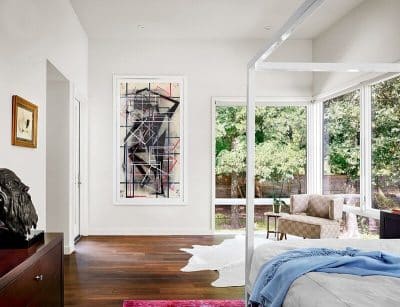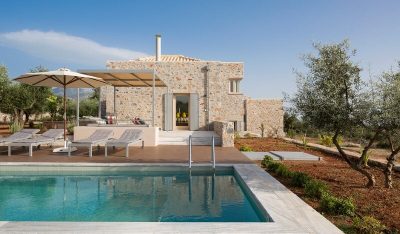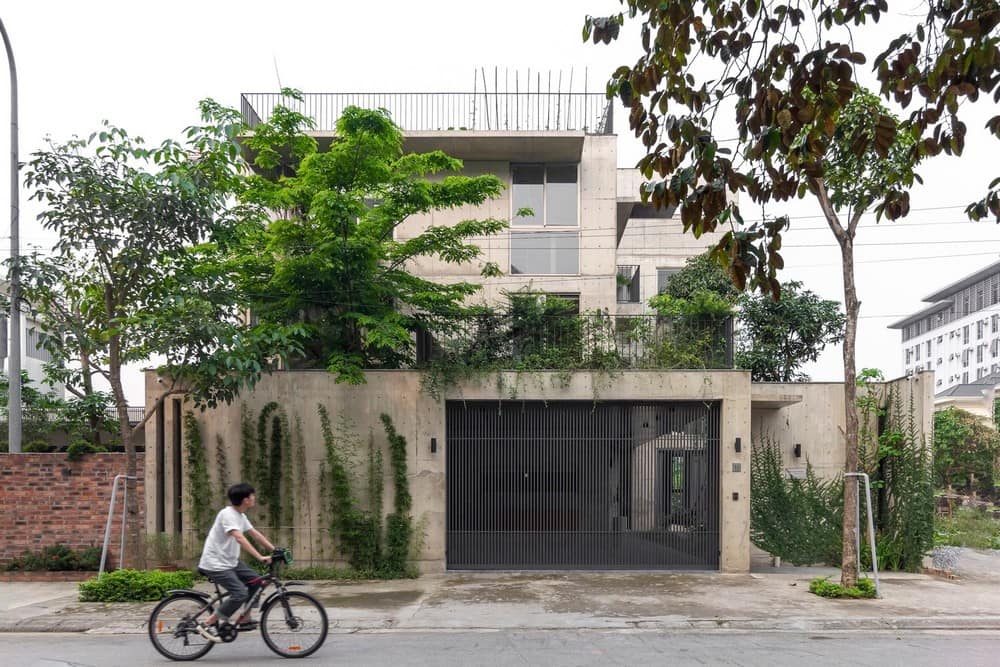
Project Name: Bắc Giang House
Architecture: HGAA
Architects: Tran Mai Phuong, Nguyen Minh Duc
Location: Bắc Giang, Vietnam
Area: 240 m²
Year: 2022
Photo Credits: Duc Nguyen
Bac Giang is a fairly quiet city located about 60km north of Hanoi. There are mainly low-rise houses here, and the population density is not too crowded. Like other local cities in Vietnam, housing architecture in Bac Giang has not really received proper investment and attention.
People are still building conventional housing models, which only focus on decorating the facade of the house and arranging furniture, but do not pay attention to creating truly quality living spaces. quality, airy, and close to nature. On the other hand, these building are often not properly invested, leading to their deterioration quickly and often having to be renovated and modified over time.
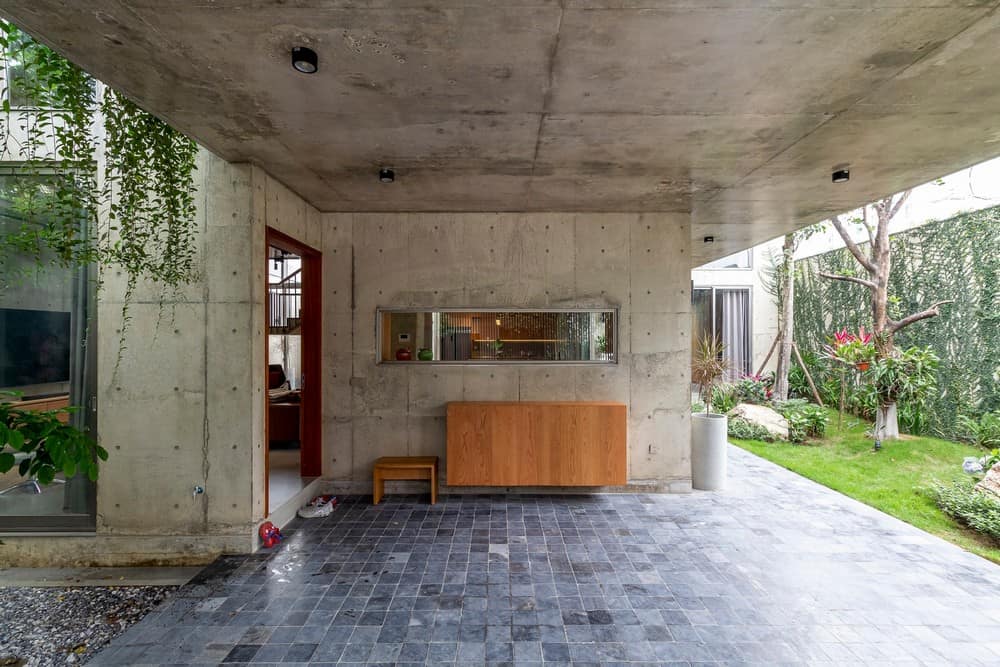
We wanted the garden not to be a decorative element but to become an integral part of the house and to grow with the house. At the same time, with the choice of concrete materials, every decision is carefully considered to ensure that the house can be used for a long time without having to be repaired or changed.
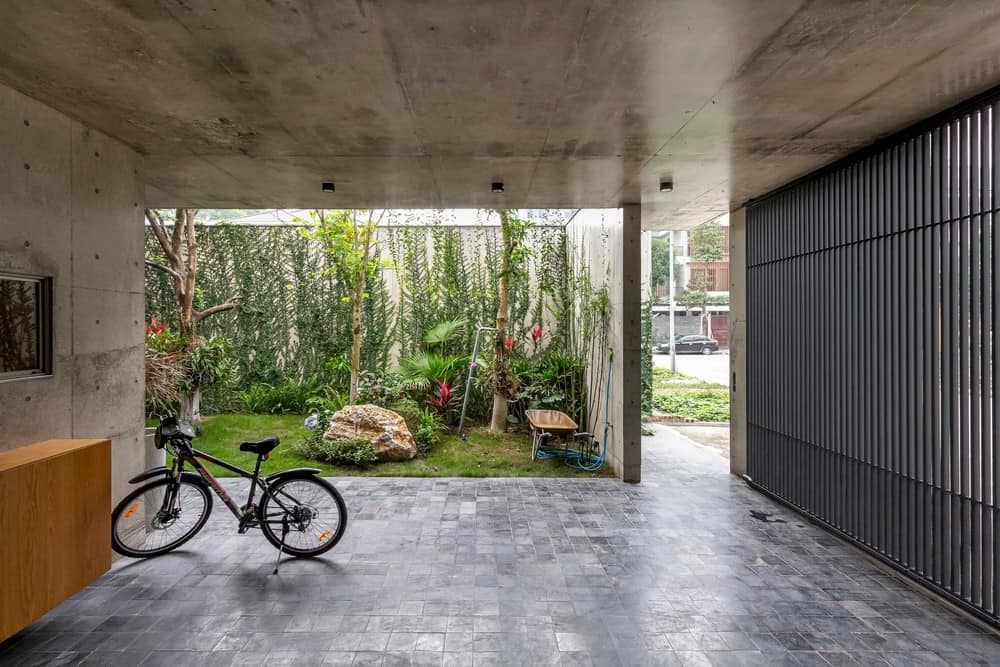
For this project, we want to make a house out of bare concrete. This is a fairly common material in the world, but it is still quite new in Vietnam in general and Bac Giang in particular. This is a sustainable material with time, bringing emotions to the space. Bare concrete and green trees are a harmonious combination, complementing each other, creating a pleasant feeling in Vietnam’s hot climate.
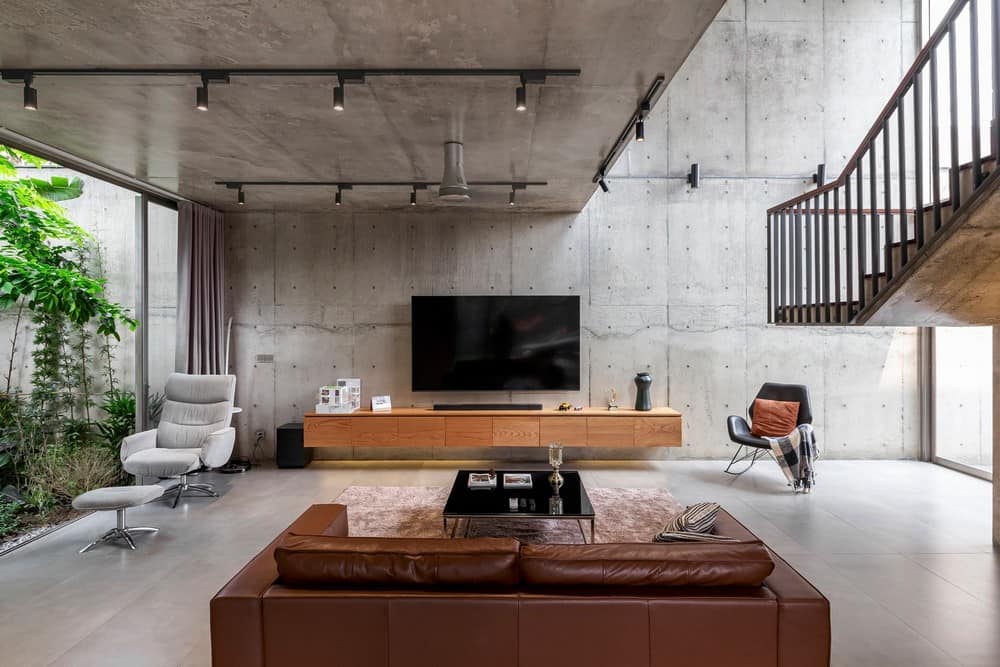
The chosen option is two shifted house blocks creating gardens interspersed with the house, creating a balance between nature and architecture. The spaces inside the house always look out over the garden, without the feeling of being in the middle of a townhouse. Although there were initially concerns about the materials and shape of the building, after completion, family members were very satisfied with the house, and they have more or less changed their living habits. The homeowner became fond of plants, loved taking care of the house and saw the simple, rustic beauty of concrete, space, and light.
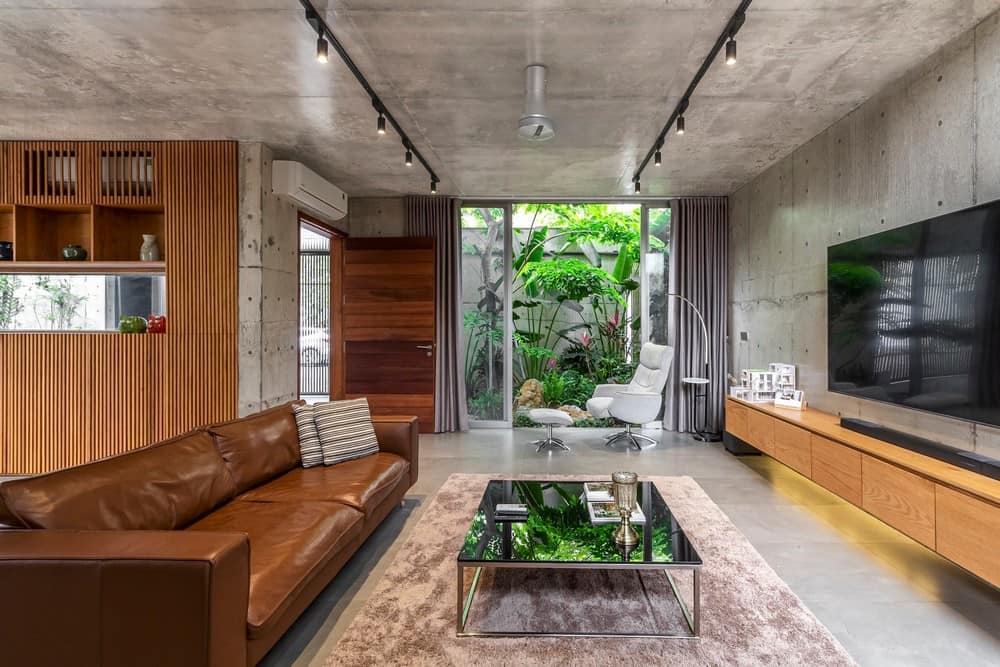
The house is an example of how to deal with the urban context. By paying attention to the overall space, we can create more value than what is available. We hope that the house will always be sustainable and will become more beautiful over time. Although life may change, the house will still be there, along with the garden, witnessing the life happening inside it every day.
